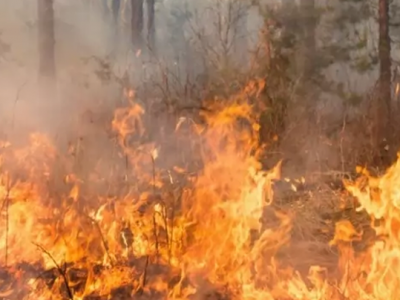1. Coffee: Coffee crops are quite sensitive to temperature changes, requiring a precise climate to flourish. As global temperatures rise, the suitable regions for coffee production are decreasing. Research indicates that by 2050, half of the land currently used for coffee farming may no longer be viable.
2. Chocolate: The cacao tree, the plant responsible for the delicious chocolate we love, thrives under very specific conditions – conditions that are becoming less common as the climate changes. Primarily grown in West Africa, these trees could face a significant threat by 2050 due to increasing temperatures and decreased rainfall.
3. Apples: Apples require a cold winter period to ensure healthy growth. Rising temperatures mean fewer chill hours, leading to lower crop yields and potentially impacting the quality and taste of the fruit. If global warming continues at its current pace, the apple varieties we are accustomed to could be a thing of the past.
4. Honey: Honey is another food at risk due to the global decline of bees. Bees are crucial for pollination, and their numbers have been plummeting in recent years. Climate change, combined with other factors such as pesticide exposure and habitat loss, is a significant threat to their survival.
5. Maple Syrup: Maple syrup production is heavily dependent on specific weather conditions. Producers rely on cold nights followed by warmer days to stimulate sap flow in the trees. However, with shorter and warmer winters due to climate change, maple syrup production is expected to drop significantly, and the traditional syrup-producing regions might change.
7. Wine Grapes; Grapes used in winemaking are extremely sensitive to their environment, requiring specific conditions for optimal growth. As temperatures increase, traditional wine regions may become too hot for these grapes to grow, affecting the quality and potentially leading to the extinction of certain wine varieties.
8. Peanuts: Peanuts require specific growing conditions – not too hot, not too cold, and just the right amount of rainfall. As weather patterns become increasingly unpredictable, the future of peanut farming looks uncertain.
While this list might seem daunting, it’s not all doom and gloom. Many scientists, farmers, and companies are working to adapt to these changes, whether through agricultural innovations, genetically modified crops, or sustainable farming practices. It’s a timely reminder that we need to prioritize our efforts in mitigating climate change, not only for the future of our planet but also for the preservation of our culinary diversity. Learn more about climate change risk management through IRM’s publication or pursue our 5-level pathway to study everything about enterprise-wide risk management.














